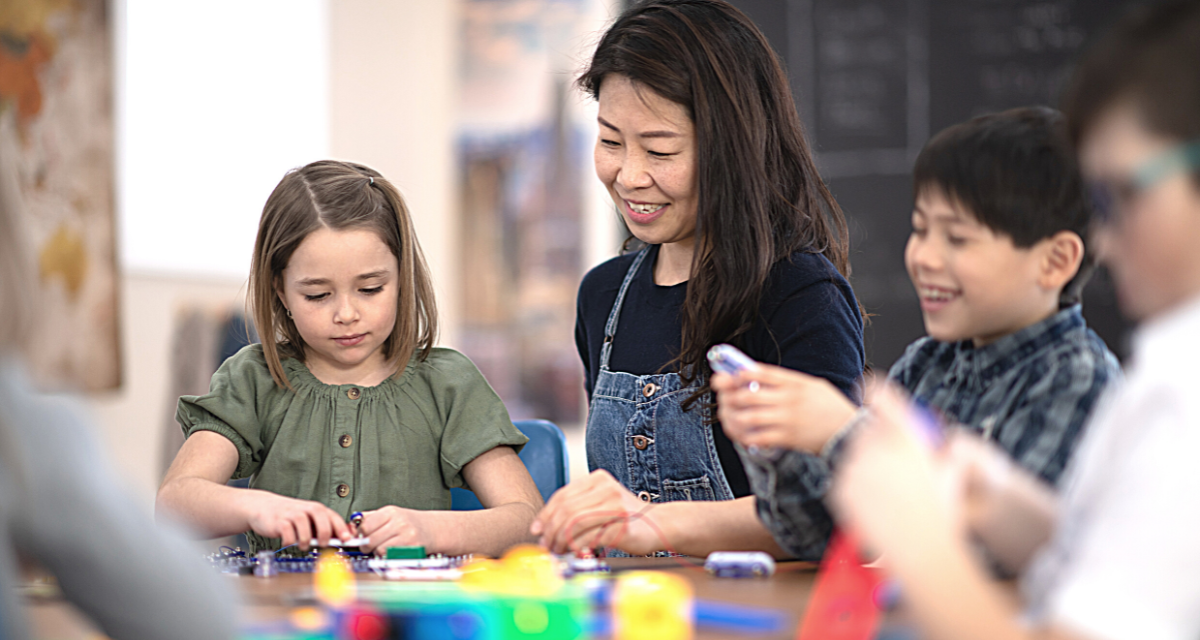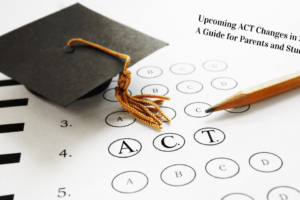
How to Engage the Quietest of Students in the Learning Process
It is common for an educator to begin the school year by having their classroom quiet. The students are still feeling the teacher out and are a bit shy.
But before long, the students generally become more active and talkative. However, the law of averages usually plays out. If you have a classroom of 30 students, there will always be five to ten students that rarely talk and raise their hands. Some quiet students can still thrive by earning high scores even if they don’t participate much in class. Still, think of what they could be doing if they were active participants.
There are ways to engage the quietest students to ensure they are actively involved in learning. 
Show Empathy
How often have you heard a teacher say there are no stupid questions, only to jump on a student a few minutes later for asking a question that wasn’t well thought out? It happens all the time!
Do better. Put yourself in the student’s shoes. Can you think back to when you have had contractors and other workers fixing things in your house where you have probably asked less than intelligent questions to them?
Regardless of how smart the question might or might not be, always show empathy to the students, and they won’t hesitate to raise their hands and ask questions. Even the meekest of students will feel safe asking questions.
Use Other Avenues for Asking Questions
There is more than one way to get students to participate and ask questions. They don’t always have to raise their hands. Give the students small whiteboards to have at their desks and ask each one at different times in class to write a question they would like answered. The teacher does not even have to recognize which student asked the question if the student would rather not have eyes upon them.
Set the Right Culture in the Classroom
If the educator runs their classroom like a unit in the army and they are the drill instructor, it is not setting the right tone. It is like they are the mayor of their little town. It is up to the teacher to set the atmosphere in the classroom. Remember that helping students earn good grades is nice, but showing them how to be productive members of society with the right social and emotional learning skills is even more critical.
Have Small Group Instruction, Too
Instead of teaching the entire class individually, separate the students into small groups. Students that are quiet and reluctant to participate will usually be more vocal in small groups.
Are the Parents Asking for Extra Help for Their Child?
Children often respond better to people other than their parents regarding school issues. I have witnessed it firsthand. Here at iAchieve, we offer academic coaching for children. We will work with students on their time management, study strategies, goal setting, stress management, boosting confidence levels, ways to reduce anxiety, and much more. By focusing on these skills, they may have an easier time participating more in class.
RELATED BLOG POSTS
5 Challenges a Professional Tutor Can Help a Student With



